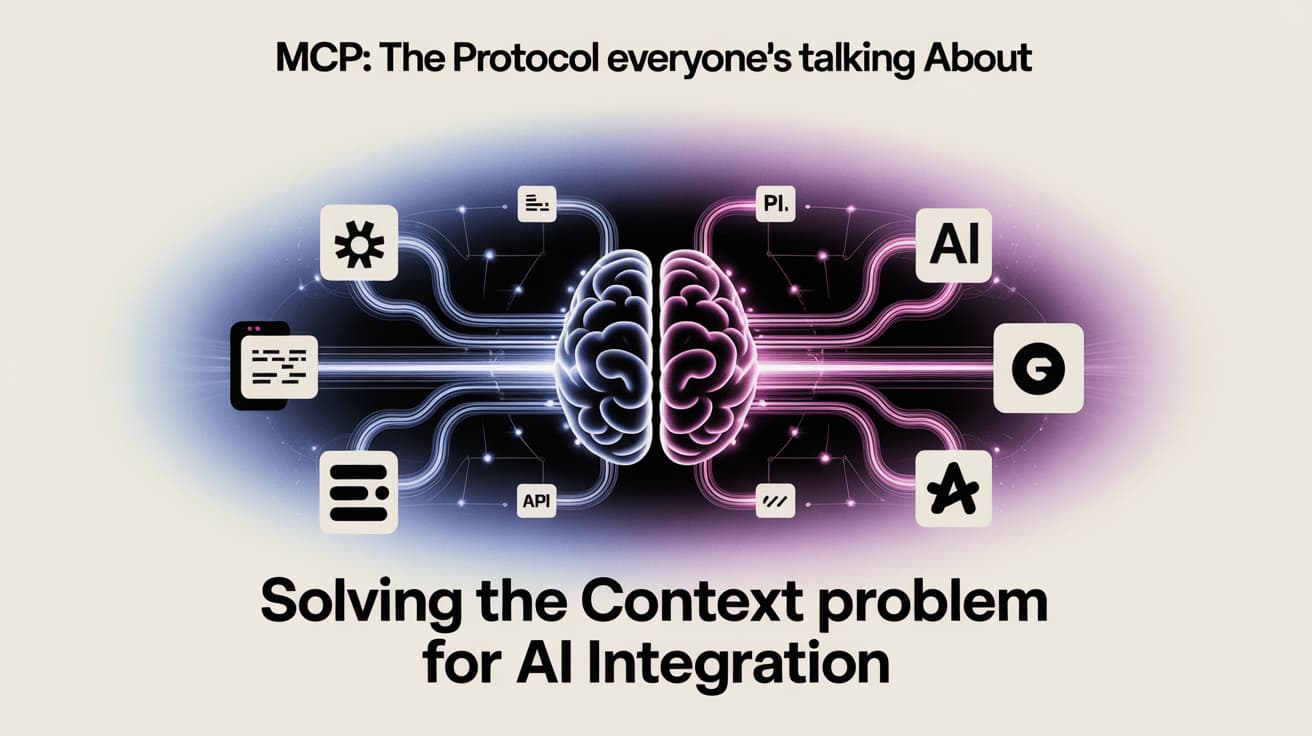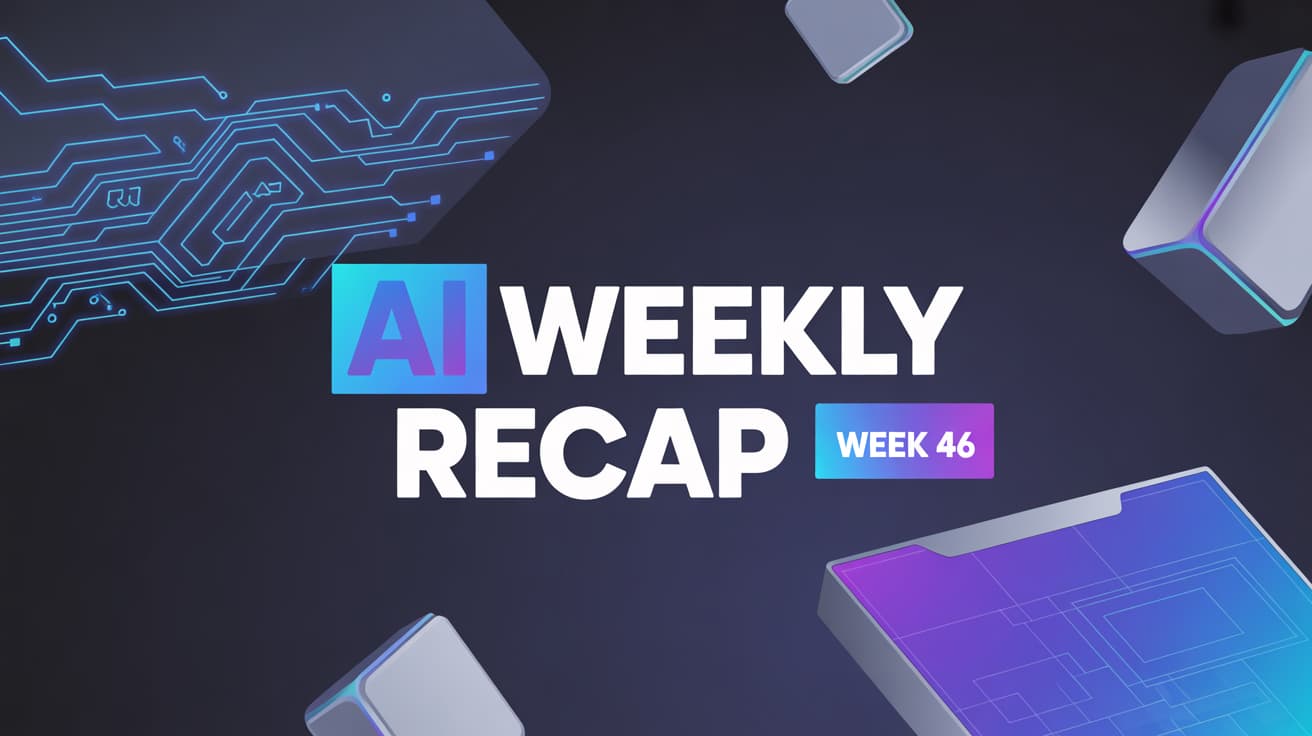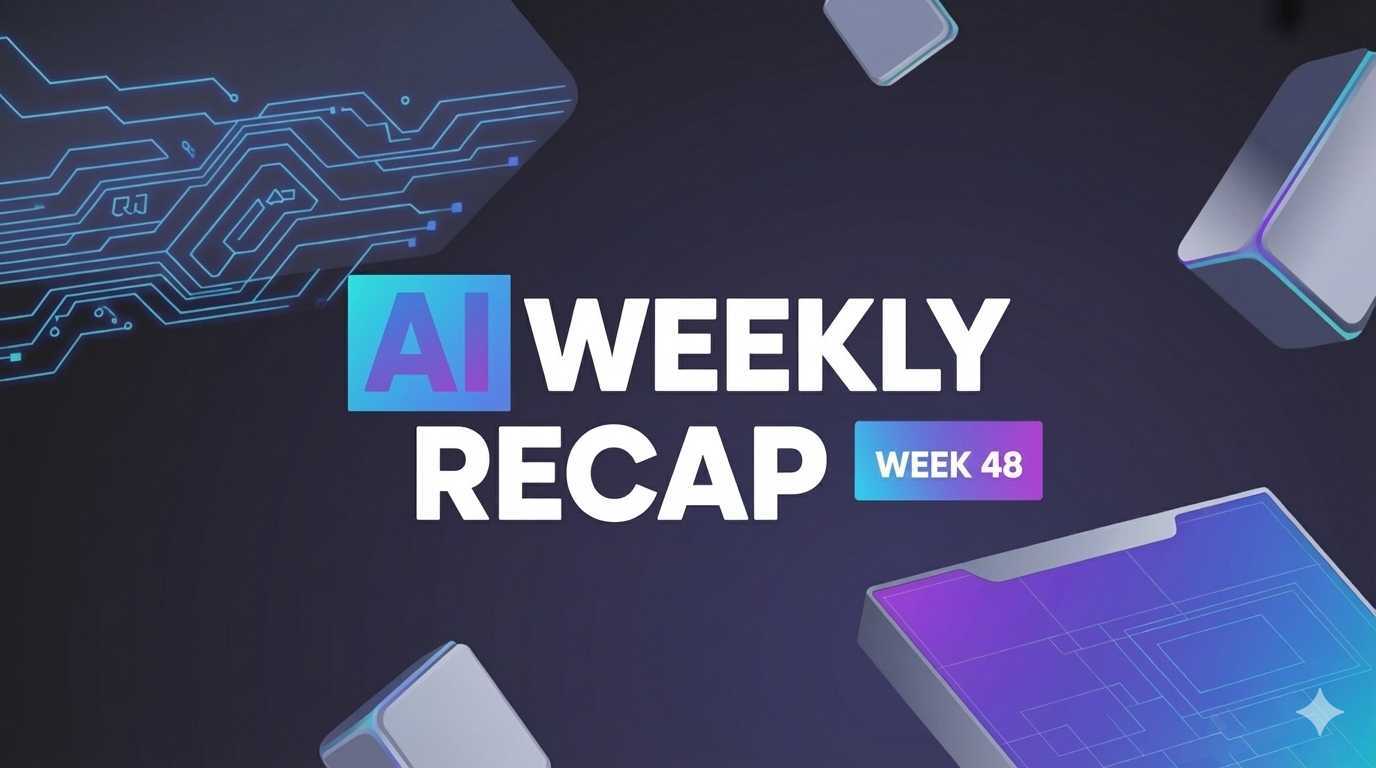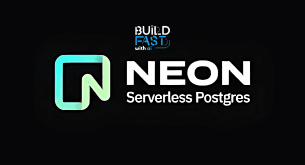MCP: The Model Context Protocol Transforming AI Integration
Discover how Model Context Protocol (MCP) is solving the LLM context problem, enabling seamless AI integration, and winning over developers worldwide.

MCP: The Protocol Everyone's Talking About
Model Context Protocol (MCP) is shaking up the AI space in a way few technologies have done before. If you’ve been following the world of large language models (LLMs), you know one of the biggest headaches is context—how to feed these models the right information at the right time without overloading them or dealing with messy integrations.
That’s exactly where MCP comes in. It’s not just a patchwork fix—it’s a true open standard designed to bridge AI models with tools, APIs, and data sources in a clean, consistent, and scalable way. From GitHub to indie dev shops, everyone’s buzzing about it. And for good reason: MCP could be the key to unlocking the next generation of AI-powered applications.
The Context Problem for LLMs
Here’s the deal: LLMs are amazing at generating text, writing code, and answering questions. But when you ask them about something outside their training data? That’s where things fall apart.
Sometimes they’ll give you a completely made-up answer (hallucination), and other times, they’ll shrug with a bland “I don’t know.” Neither outcome inspires much confidence when you’re trying to build reliable AI tools.
To make LLMs truly useful, you’ve got to give them context—whether that’s your codebase, a company’s internal docs, or real-time data from APIs. Traditionally, this has meant complex workarounds like clever prompting, vector databases, or custom integrations.
Take GitHub Copilot as an example. It uses tricks like @workspace to pull in relevant context from your project. Helpful? Absolutely. Scalable and simple? Not so much. The more APIs and services you add, the messier it becomes.
So, the AI world had a big question: how do we solve the context problem once and for all?
Enter MCP: The Model Context Protocol
In November, Anthropic dropped a game-changer: the Model Context Protocol. It’s an open standard designed to connect LLMs with external tools and data in a way that’s model-agnostic and AI-first.
What does that mean?
Model Agnostic: MCP doesn’t care if you’re using Claude, GPT, or another LLM. It works across the board.
AI-First Design: Unlike repurposed legacy protocols, MCP was built from the ground up for AI integration.
Think of it as a universal adapter for AI models—no more custom wiring for every single tool or service you want to connect.
Why MCP Is Winning Developer Hearts
MCP isn’t just some fancy technical concept. Developers are genuinely excited about it because it makes their lives easier while opening new doors. Here’s why it’s catching on so quickly:
It’s Open: Anyone can use it, contribute to it, and build integrations. An open standard means a rising tide lifts all boats.
It’s Simple: Minimal setup, no fragile hacks, no endless debugging.
It’s Scalable: Once you connect through MCP, you can extend and maintain integrations far more easily.
It’s Familiar: MCP borrows heavily from the success of the Language Server Protocol (LSP).
A Familiar Playbook: Learning from LSP
If MCP feels like déjà vu, that’s because we’ve seen this story before. Back in 2016, Microsoft introduced the Language Server Protocol (LSP). It standardized how editors and IDEs supported different programming languages.
The result? A once messy, fragmented ecosystem turned into something seamless. Today, developers don’t even think about whether their editor supports a language—it just works.
MCP is following the same path. By offering a single, consistent way to connect AI models with tools and data, it has the potential to quietly become the invisible backbone of modern AI development.
The MCP Advantage: Before vs. After
Let’s break it down:
Before MCP:
Each service needed a custom integration.
Connections were fragile and hard to debug.
No consistent standard to fall back on.
With MCP:
One protocol to rule them all.
A standardized interface makes things consistent.
Easy to extend and maintain.
Works with any AI model.
The difference is night and day.
Real-World Impact: GitHub and MCP
This isn’t just theory—big players are already adopting MCP. GitHub recently launched their official open source MCP server, which integrates seamlessly with GitHub APIs.
Why’s that a big deal?
Because it means developers can tap into GitHub’s rich data and automation capabilities using a clean, standardized setup. No messy API juggling, no reinventing the wheel—just plug into MCP and start building.
This is the kind of move that sets the tone for the whole ecosystem. When platforms as central as GitHub get on board, you know it’s more than a passing trend.
The Bigger Picture: What MCP Means for AI
So, why should you care about MCP beyond the technical details? Here’s the big picture:
Better AI Tools: Developers can focus on building cool features instead of wrangling integrations.
Faster Innovation: An open standard means more people can contribute, experiment, and push the ecosystem forward.
Improved Experiences: End users get AI assistants that are more reliable, context-aware, and powerful.
In short: MCP is helping move AI from “impressive demo” to “indispensable everyday tool.”
How You Can Get Involved
Thinking of diving into MCP yourself? Here are some ways to get started:
Explore the Standard: Check out the open-source resources Anthropic and others are publishing.
Experiment Locally: Try out existing MCP servers, like the GitHub MCP server, to see how integrations work.
Build Your Own: If you’ve got a tool or dataset you’d love to connect to LLMs, build an MCP integration and share it with the community.
Join the Conversation: Communities around MCP are growing fast. Engage on GitHub discussions, forums, or developer Slack groups to trade notes and ideas.
Wrapping It All Up
The Model Context Protocol isn’t just another acronym in the alphabet soup of AI. It’s a thoughtful solution to one of the biggest challenges in making LLMs useful: giving them the right context, at the right time, in a way that scales.
With heavy inspiration from LSP and rapid adoption across the developer community, MCP could very well become the invisible standard powering the AI tools of tomorrow. And because it’s open and model-agnostic, it’s a playground where everyone—big tech, startups, and indie developers—can build together.
So, whether you’re an AI enthusiast, a professional developer, or just someone curious about where this field is heading, MCP is worth keeping an eye on. Odds are, it’s going to be everywhere before you know it.
===================================================================
Master Generative AI in just 8 weeks with the GenAI Launchpad by Build Fast with AI.
Gain hands-on, project-based learning with 100+ tutorials, 30+ ready-to-use templates, and weekly live mentorship by Satvik Paramkusham (IIT Delhi alum).
No coding required—start building real-world AI solutions today.
👉 Enroll now: www.buildfastwithai.com/genai-course
⚡ Limited seats available!
===================================================================
Resources & Community
Join our vibrant community of 12,000+ AI enthusiasts and level up your AI skills—whether you're just starting or already building sophisticated systems. Explore hands-on learning with practical tutorials, open-source experiments, and real-world AI tools to understand, create, and deploy AI agents with confidence.
Website: www.buildfastwithai.com
GitHub (Gen-AI-Experiments): git.new/genai-experiments
LinkedIn: linkedin.com/company/build-fast-with-ai
Instagram: instagram.com/buildfastwithai
Twitter (X): x.com/satvikps
Telegram: t.me/BuildFastWithAI
AI That Keeps You Ahead
Get the latest AI insights, tools, and frameworks delivered to your inbox. Join builders who stay ahead of the curve.
You Might Also Like

7 AI Tools That Changed Development (November 2025)
Week 46's top AI releases: GPT-5.1 runs 2-3x faster, Marble creates 3D worlds, Scribe v2 hits 150ms transcription. Discover all 7 breakthrough tools.

7 AI Tools That Changed Development (December 2025 Guide)
7 AI tools reshaping development: Google Workspace Studio, DeepSeek V3.2, Gemini 3 Deep Think, Kling 2.6, FLUX.2, Mistral 3, and Runway Gen-4.5.

Serverless PostgreSQL & AI: NeonDB with pgvector
Explore how NeonDB, a serverless PostgreSQL solution, simplifies AI applications with pgvector for vector searches, autoscaling, and branching. Learn to set up NeonDB, run similarity searches, build a to-do app, and integrate an AI chatbot—all with efficient PostgreSQL queries! 🚀

